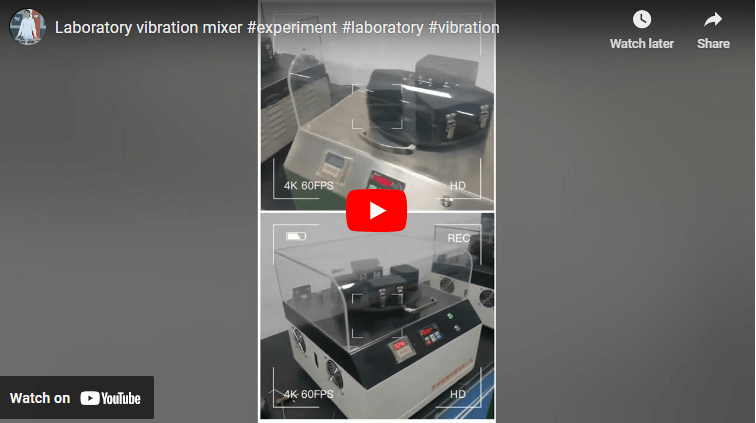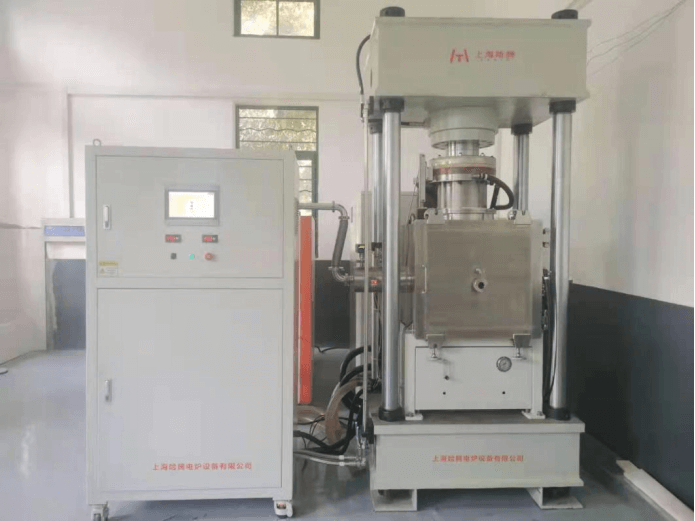Calcium zirconium phosphate ceramic is a type of low thermal expansion/negative thermal expansion ceramic material. This feature makes it suitable for some special thermal management situations. However, materials prepared by conventional pressureless sintering are not dense enough and therefore have poor mechanical properties. Ordinary hot pressing sintering or hot isostatic pressing sintering can significantly increase the density of ceramic materials. However, long-term heat preservation will cause the grains to grow, which is also not conducive to improving mechanical properties. Spark plasma sintering technology has a fast heating rate and short holding time, so the product has a small grain size and few pores, and can achieve an unprecedented bending strength of 94.5MPa.
Experiments Process and Results
Recently, the team of Professor Liu Futian of Jinan University and Shandong Institute of Technology and Ceramics conducted experimental research on calcium zirconium phosphate ceramics using Spark plasma sintering technology and compared it with conventional pressureless sintering. It finds that Spark plasma sintering technology can not only improve material preparation efficiency but also significantly improve its mechanical properties while maintaining its low thermal expansion properties. Relevant results were published in Ceramics International.
In the experiment, the co-precipitation method was to prepare calcium zirconium phosphate powder. After calcination and ball milling, put it into a graphite mold with a diameter of 40mm. Spark plasma sintering experiments were performed on our CNE-FHP-858 Spark plasma sintering furnace. The heating rate is 100℃/min, the pressure is 10~50MPa, the sintering temperature is 1000~1200℃, and the holding time is 8min. At the same time, prepare comparative samples using pressureless sintering (sintering temperature: 1200~1400°C, holding time: 4h).

It can be seen from the figure that the sample obtained by Spark plasma sintering has a higher density. Although the pressureless sintering temperature is higher and the holding time is longer. However, samples prepared by Spark plasma sintering technology have higher mechanical strength. Generally speaking, as the sintering pressure increases, the mechanical properties of the material gradually improve. Microstructure analysis shows that for materials sintered at 1150°C, the greater the pressure, the smaller the grain size.









